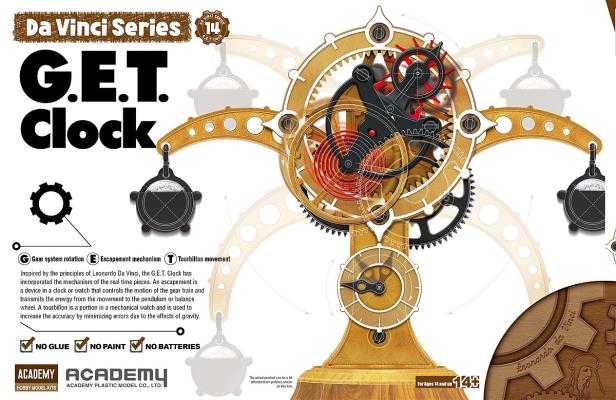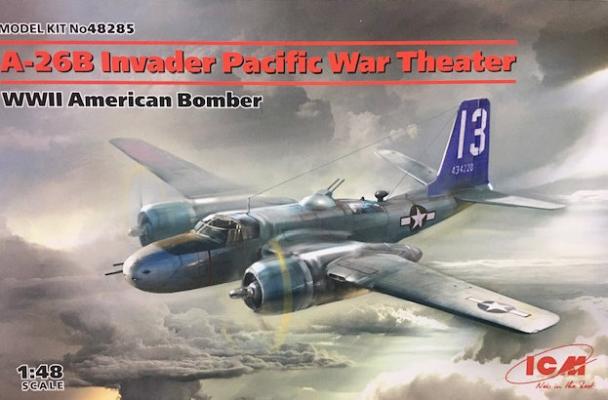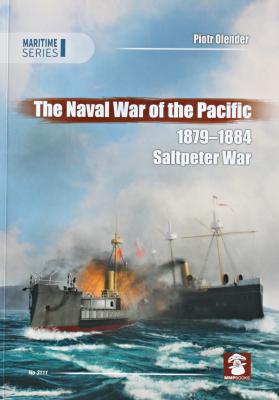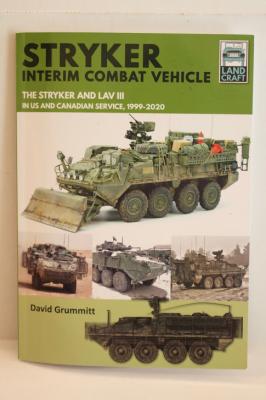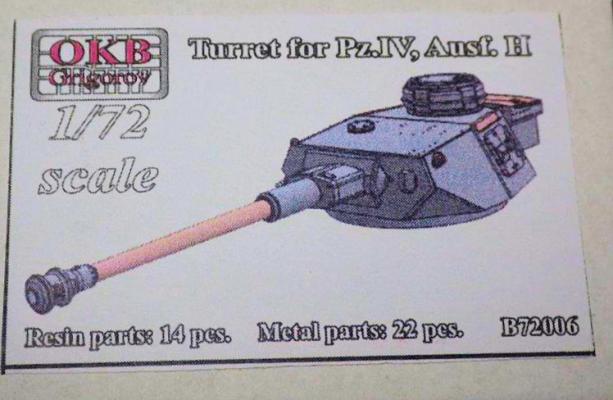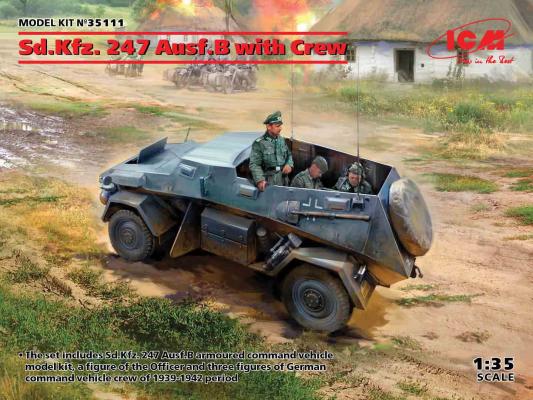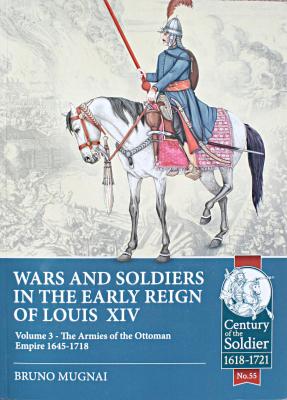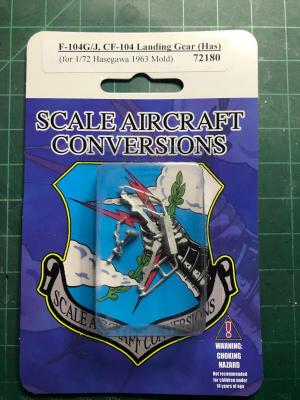Academy continues its excellent series of DaVinci kits with the G.E.T. Clock. G.E.T. is listed as (G)ear system rotation, (E)scapement mechanism, (T)ourbillon movement. From their web site description, this clock is “Inspired by the principles of Leonardo Da Vinci, the G.E.T. Clock has incorporated the mechanism of the real time pieces. An escapement is a device in a clock or watch that controls the motion of the gear train and transmits the energy from the movement to the pendulum or balance wheel. A tourbillion is a portion in a mechanical watch and is used to increase the accuracy by minimizing errors due to the effects of gravity.” Building models and learning is a good thing!
What's New
PJ Productions continues to issue excellent pilots for kits with this latest release, a 1/32nd scale Eurofighter pilot. The kit is simple with three well cast parts- two arms and the body. I removed all three parts with a razor saw and washed the parts in case of mold release. I glued the arms into position and filled the seams with glazing putty and let it dry. The few seams were sanded, and a couple of small pinholes were filled. These were wiped with a Q-tip and lacquer thinner and smooth seams were accomplished.
Painting was straightforward and done with acrylics. The helmet was white, visor black and face mask dark gray with its attached hose. The main uniform was green with washes and dry brushed and black for the shoes and gray for the gloves.
This is another excellent kit from PJ Productions- simple to build and true to the flight outfit worn by Eurofighter pilots. Highly recommended.
Brief History
The Douglas A-26 Invader (designated B-26 between 1948 and 1965) is an American twin-engined light bomber and ground attack aircraft. Built by Douglas Aircaft Company during World War II, the Invader also saw service during several major Cold War conflicts. A limited number of highly modified United Sates Air Force aircraft served in Southeast Aisa until 1969. It was a fast aircraft capable of carrying a large bomb load. A range of guns could be fitted to produce a formidable ground-attack aircraft.
Thanks to Casemate Publishing & IPMSUSA for the review copy!
Piotr Olender is a Polish naval historian who lives in Gdansk, Poland. He has authored a series of books via MMP Books and Casemate that delve into the little-known, predominantly naval wars around the world in the last half of the 1800s and early 1900s.
This particular offering gives an operational history of the so-called Saltpeter War, or The War of the Pacific, that ultimately defined the geographic borders of three western countries of South American – Bolivia, Chile and Peru. This book is one of the Maritime Series published by Stratus s.j. in Sandomierz, Poland.
David Grummitt is an accomplished historian, author, and scale model builder. With his 2020 work, Stryker Interim Combat Vehicle: The Stryker and LAV III in US and Canadian Service, 1999-2020, he has given the modeling community a comprehensive reference for this vehicle. More than a simple photographic history, this book is tailored to the needs of an armor modeler as it provides many photographs, drawings, kit reviews, and variant details.
OKB Grigorov produces resin kits and accessories. The kits are 1/700 submarines and 1/72 armor. The accessories are for 1/35 and 1/72 armor. I’ve built a couple of the kits, and some of the resin upgrade pieces, and they provide incredible detail.
This kit is an upgrade turret for any 1/72 Panzer IV kit, and I doubt you’ll find a better 1/72nd turret out there. The kit comes packed in a tiny box, but don’t let its size fool you, inside it packed with 36 highly detailed resin and photo-etch metal parts, as well as a metal barrel. There are 14 resin parts, and 22 metal pieces and each one is finely detailed.
History
This new ICM offering represents an unusual mark in a family of Sonderkraftfahrzeug (Sd.kfz.) ‘special purpose vehicles’ fielded by the German Wehrmacht in World War II. The diminutive Sd.Kfz. 247 was an armored staff car outfitted with radio gear, intended for use by the commanders of motorcycle and motorized reconnaissance battalions. The Ausf B version represented in this kit, was one of 58 built by Daimler-Benz between 1941—1942 on afour-wheel driveheavy car chassis (s.Pkw. Type 1c). The front-mounted engine was an 8-cylinder, 3.823-litre (233.3cuin)Horch3.5petrolengine, giving it a road speed of 80km/h (50mph). It had a maximum range of 400km (250mi).
Although unarmed, its armor was intended to stop7.92-millimetre (0.312in)armor-piercingbullets at ranges over 30 meters.
Bruno Mugnai is a prolific author and illustrator who has specialized in history of eastern Europe in the 16th-18th centuries, ancient Italian states and South America after Spanish conquest. He has previously published titles for the Italian Army and Helion & Company (UK), including five volumes on Wars and Soldiers in the early Reign of Louis XIV, and the Cretan War (1645-1671). He also an illustrator for his books.
This book is No 55 of the Century of the Soldier 1618-1721 series by Helion, and is an update in English of the original title published in Italian in 1997. This time period saw warfare escalate into serious national business, fostering a steady stream of advances, changing rulers, nations and history. Pike to musket era. This book focuses on the Ottoman Empire armies that occupied much of Eastern Europe.
Scale Aircraft Conversions (SAC) is a Texas based company that has been marketing resin and white metal parts for scale model aircraft for over 20 years. They endeavor to be accurate in their moldings, claiming to correct inaccuracies if found. I have bought about a half dozen of their metal landing gear sets in the past, all of which have turned out to be excellent replacements for the plastic kit parts.
SAC’s two-piece landing gear set #72180 is labeled for the ‘60s vintage 1/72-scale Hasegawa F-104G/J, CF-104 kit but I find that the set matches the more recent 1990-issued F-104G/S landing gear as well. A comparison photo of the metal SAC main gear with the F-104G/S gear is shown herewith.
Sanjay Badri-Maharaj is the author of this book but also was there when it happened. As such, he has a personal stake in getting this book a wide audience. Sanjay is a native TTer (TT stands forTrinidad & Tobago, as they say on the islands), an Indo-Trinidadian. He studied at Kings College London, and received a PhD from the Department of War Studies, focusing on India’s nuclear capabilities. He has authored other books on modern-day military topics from the Caribbean and India, including an upcoming review of English-speaking Caribbean militaries. Sanjay was a visiting International Fellow at the Institute of Defence Studies and Analyses in New Delhi. Sanjay has also served as a Consultant to the Ministry of National Security in Trinidad, a key player in this particular book. Thus, when Sanjay explains how things are really done in Trinidad, it is not speculation, but eye-witness observation and experience, with the keen eye of a practicing lawyer.

